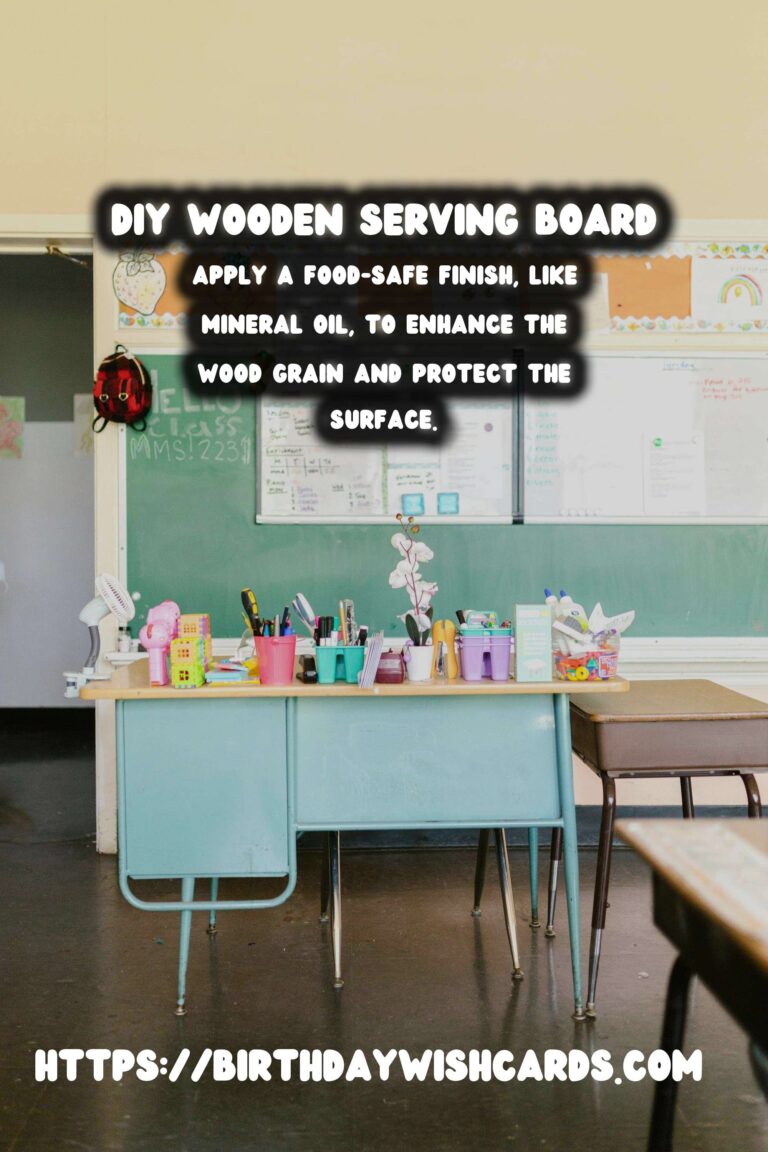
Creating your own DIY wooden serving board with custom cutouts is a rewarding project that combines creativity and functionality. Not only do these boards serve as a practical addition to your kitchenware, but they also make for thoughtful and personalized gifts. In this article, we will guide you through the step-by-step process of crafting a beautiful wooden serving board, complete with unique cutout designs.
Materials Needed
Before you begin, gather the following materials:
- A wooden board (maple, walnut, or cherry are excellent choices)
- Pencil and ruler
- Jigsaw or scroll saw
- Sandpaper (120 to 220 grit)
- Wood stain or mineral oil
- Clamps
- A template for cutouts (optional)
- Protective gear (gloves, goggles)
Step 1: Choosing the Right Wood
When selecting your wooden board, consider both aesthetics and durability. Hardwoods like maple, walnut, and cherry are ideal due to their strength and beauty. Your board should be at least 1 inch thick to provide enough stability and allow for deep cutouts.
Step 2: Designing the Board
Use a pencil and ruler to sketch the outline of your serving board directly onto the wood. Consider the size and shape that will best suit your needs, whether it’s a traditional rectangular board or a more organic, freeform shape. Additionally, plan where you’d like to place custom cutouts. These could be simple circles, geometric shapes, or intricate patterns.
Step 3: Cutting Out the Design
With your design drawn, secure the board with clamps to your workbench. Use a jigsaw or scroll saw to carefully cut along the lines. For intricate cutouts, a scroll saw is preferred due to its precision. Follow the pattern slowly to ensure smooth edges.
Step 4: Sanding the Board
After cutting, the edges of your board will need to be sanded. Start with a coarser grit sandpaper, such as 120, to smooth out rough edges and gradually work your way up to a finer grit like 220 for a polished finish. Pay special attention to the cutout areas to ensure they are smooth and splinter-free.
Step 5: Finishing Touches
Once the board is sanded to your satisfaction, apply a food-safe finish. Mineral oil is a popular choice as it enhances the wood grain and protects the surface. Apply the oil evenly using a clean cloth and let it soak in for several hours, then wipe off any excess.
Step 6: Curing and Maintaining
Allow the board to cure for two to three days before use. To maintain your serving board, reapply mineral oil every few months or as needed, especially after heavy use or washing.
Conclusion
Creating a DIY wooden serving board with custom cutouts is not only an enjoyable project but also a practical one. With the right materials and a bit of patience, you can craft a unique piece that adds a personal touch to your gatherings or makes a cherished gift. Remember to always handle woodworking tools with care and prioritize safety.
Creating your own DIY wooden serving board with custom cutouts is a rewarding project that combines creativity and functionality. Hardwoods like maple, walnut, and cherry are ideal due to their strength and beauty. Use a jigsaw or scroll saw to carefully cut along the lines for your board design. Apply a food-safe finish, like mineral oil, to enhance the wood grain and protect the surface. Allow the board to cure for two to three days before use. 
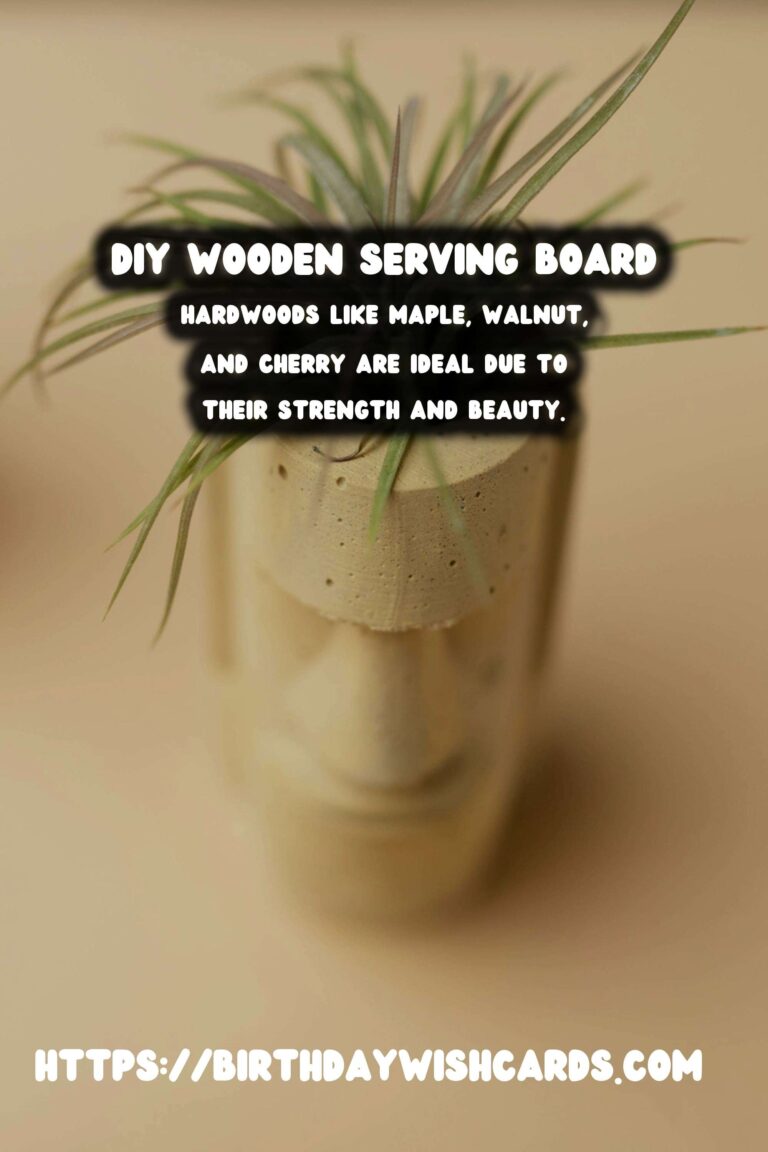
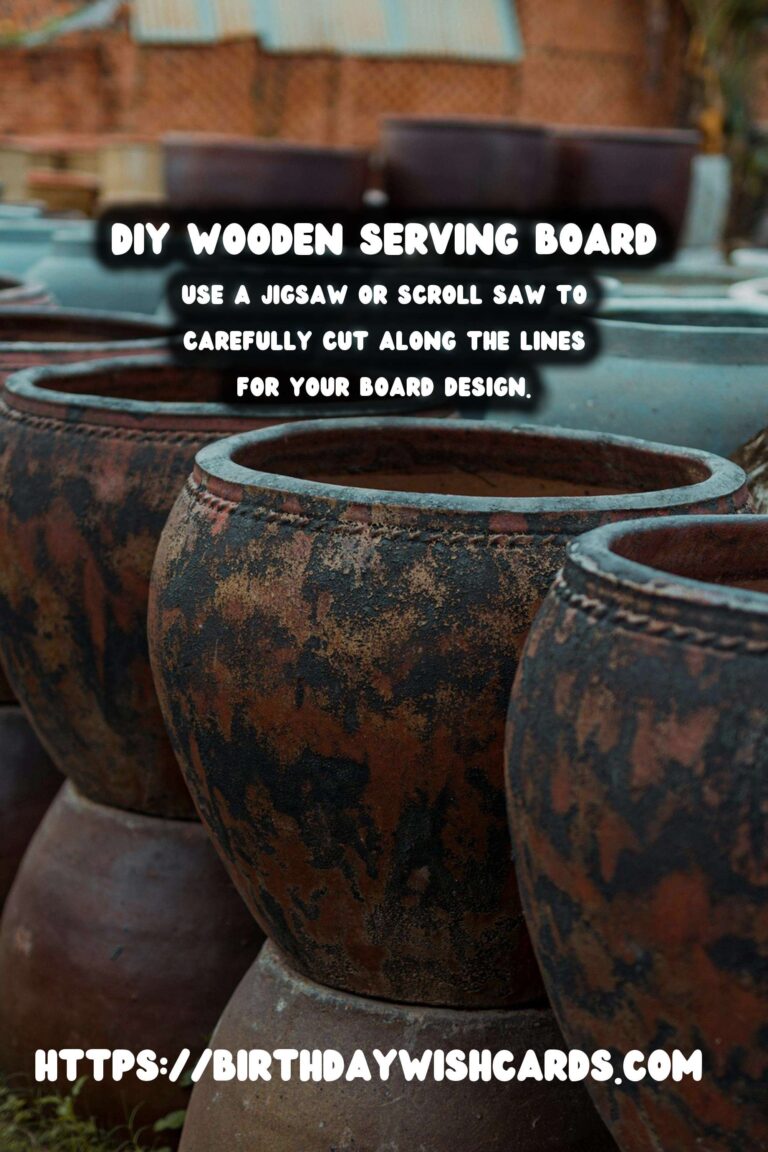
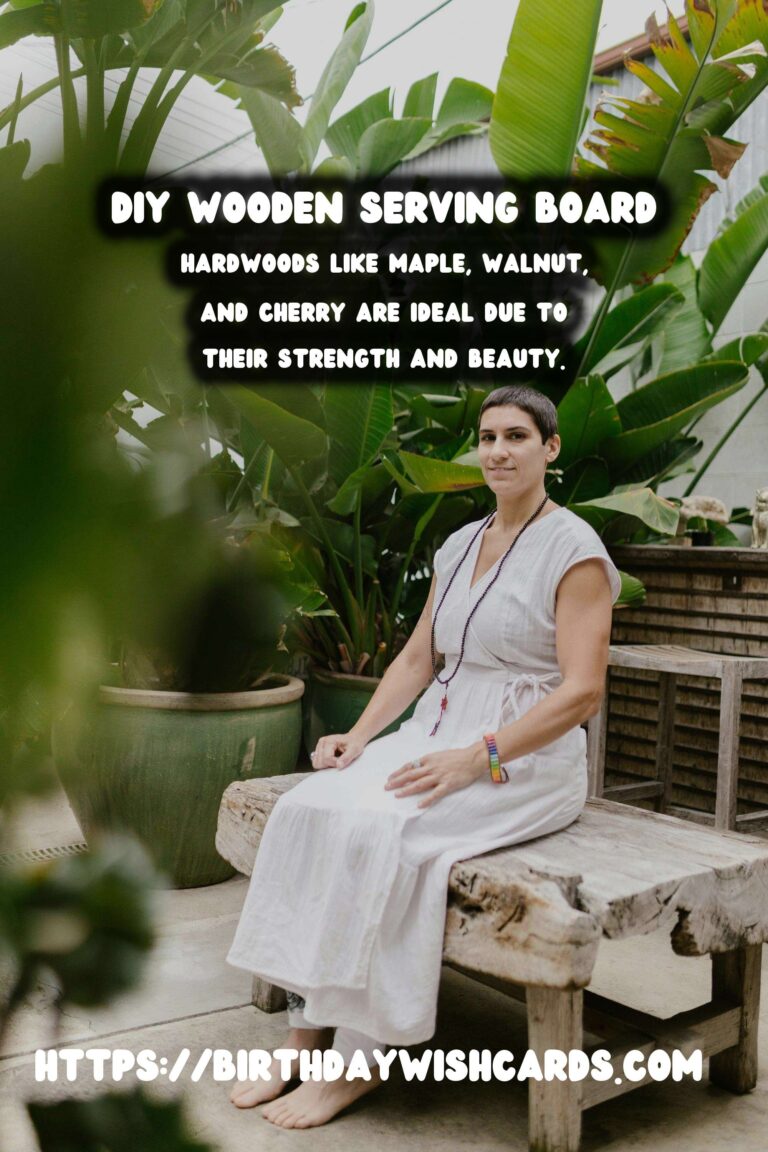

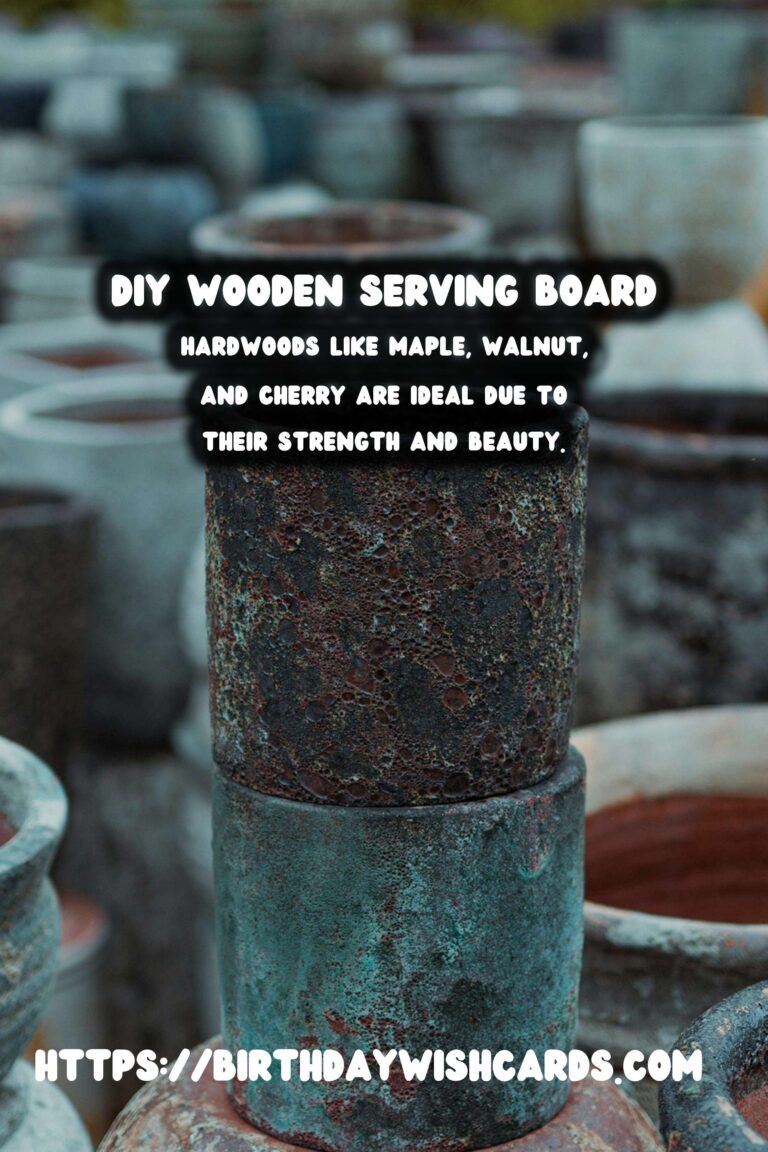
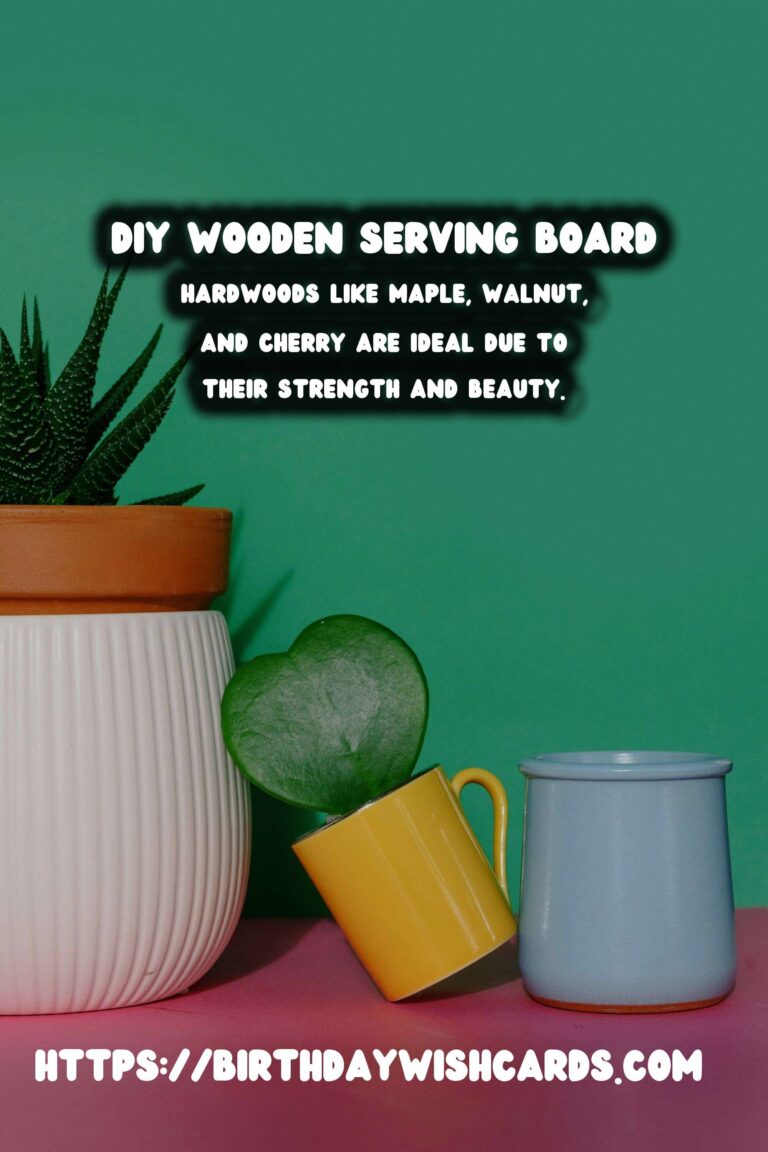
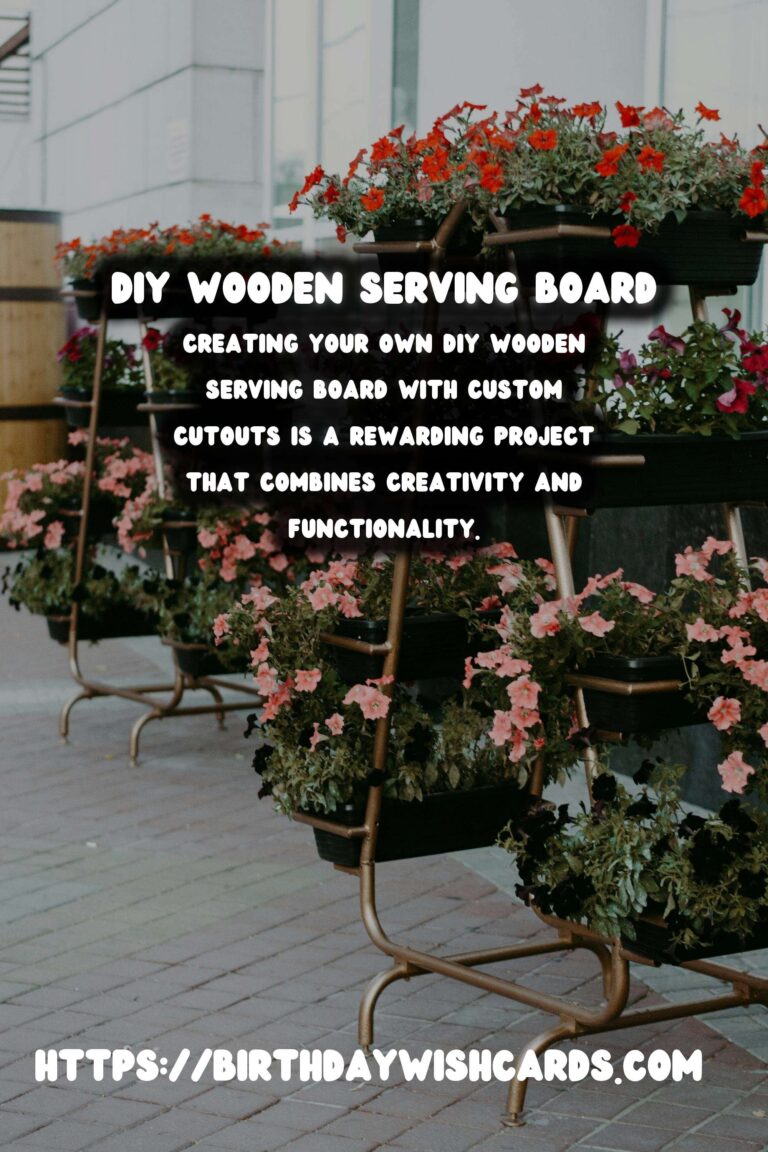
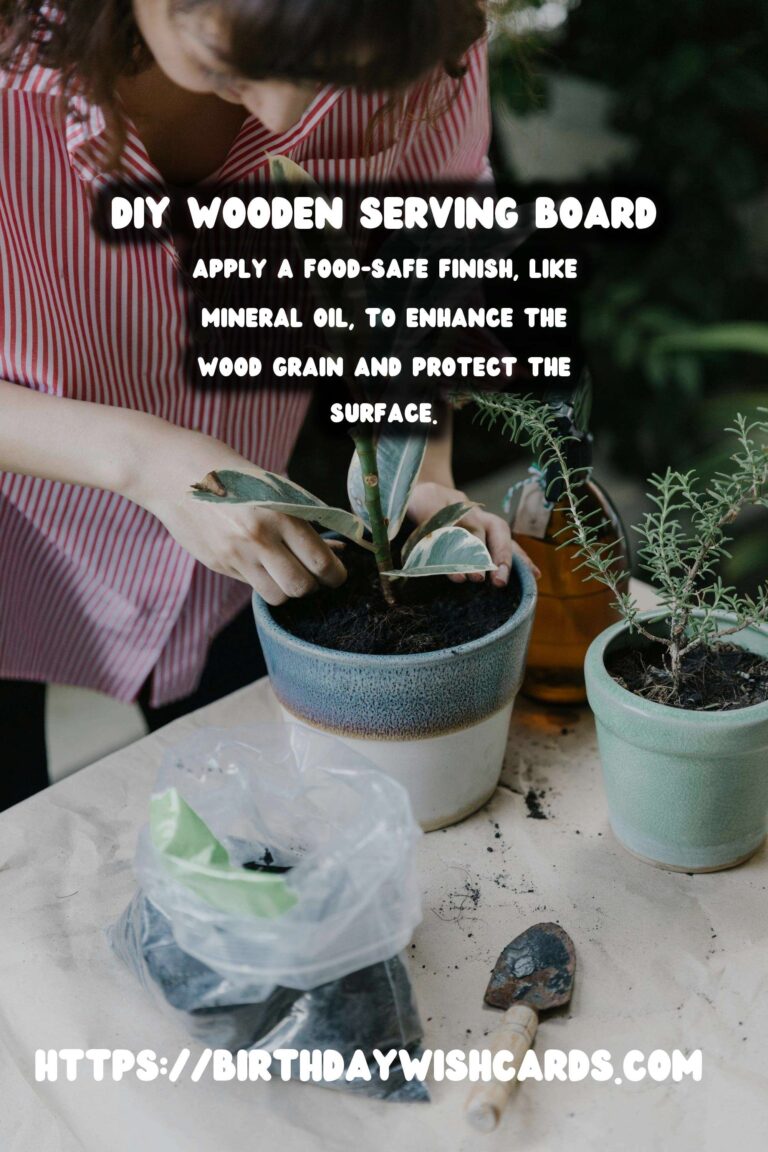
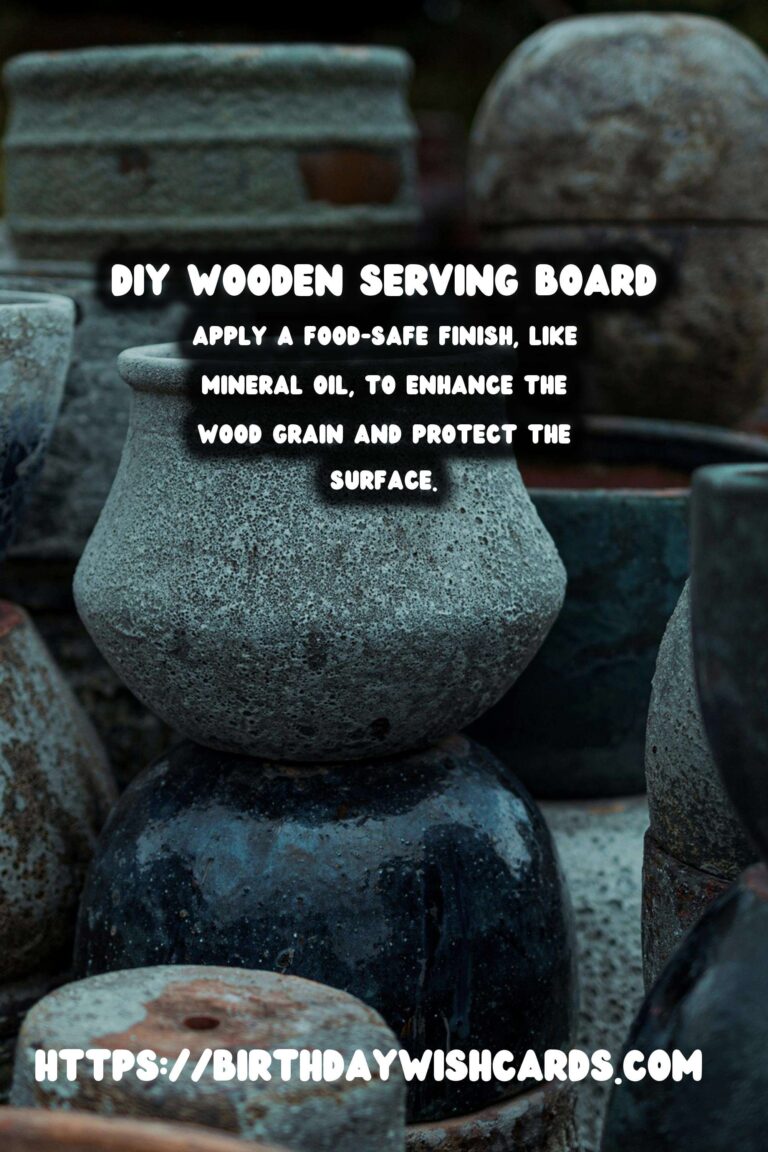
#DIY #Woodworking #ServingBoard #CustomCutouts #HomeProjects




